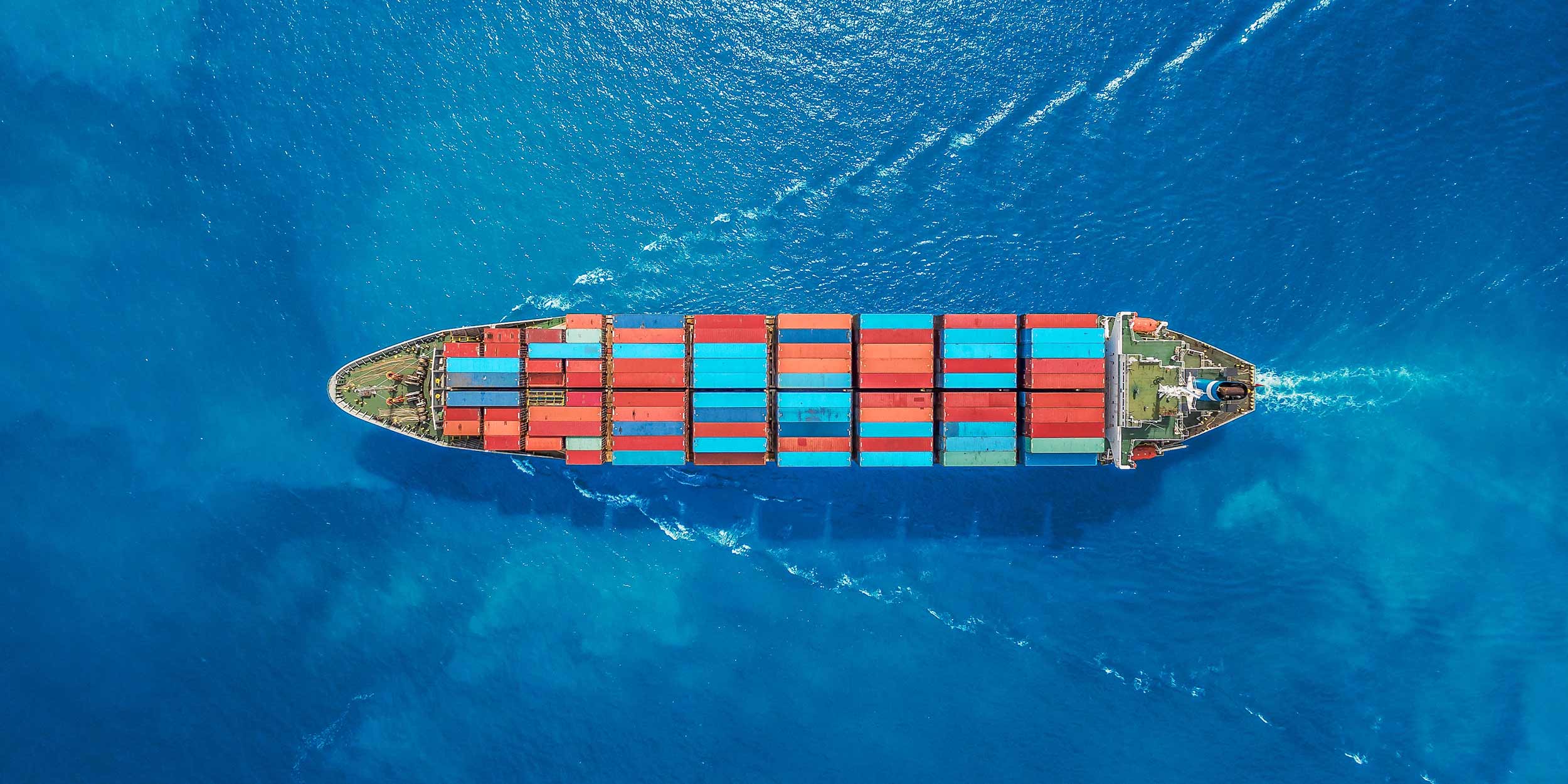The challenges of cargo accumulation
Supply ChainArticleAugust 24, 20216 min read
The lack of transparency for cargo exposures, whether containerised or not, has significant implications for insurance and cargo accumulation is of growing concern for the marine insurance industry.
Container shipping has become a key risk for supply chains, requiring increased transparency of cargo exposures and alignment with insurance contracts, according to Urs Schmid, Global Head of Marine Claims & Global Head of International Program Claims at Zurich Insurance Group
The past year has seen unprecedented disruption to seaborne trade. Covid-19 related port closures in China, the blocking of the Suez Canal by the ultra large containership Ever Given and a worldwide shortage of shipping containers resulted in widespread disruption to supply chains and saw container freight rates more than triple.
Ever Given caused an almost week-long closure of the Suez Canal, which carries around 18% of global trade or $9bn in trade each day. The backlog in shipping continues to this day, while businesses have had to wait months to receive the 18,300 containers stuck on the Ever Given, which was impounded after the ship was held by the Egyptian authorities. The vessel was finally allowed to sail in July after the ship’s owner and insurers agreed to pay a much lower sum than the $1bn demanded as compensation.
The incident compounded supply chain disruption already caused by Covid-19, US storms and a surge in demand for container shipping. Surges in demand at the end of 2020 came up against capacity constraints in shipping, with large queues of vessels outside major ports. Delays to shipping at the Chinese ports of Guangzhou, Yantian, Shenzhen and others caused by a rise in Covid-19 cases were estimated to be even greater than those caused by the Ever Given.
Increased exposures
Ocean shipping is responsible for 90% of world trade, providing an efficient way for businesses to move goods around the world. The system of containerisation, in particular, is the beating heart of the global economy and the arteries for many global supply chains. However, the perception of cheap and seemingly risk-free shipping is being challenged as the consequences of ultra large containerships and ports materialise.
Incidents like the Ever Given and recent Covid-19 related port closures in China highlight the challenges of increased concentrations of cargo exposure, as well as chokepoints and bottlenecks, as supply chains become more reliant on container shipping. Incidents at sea, such as groundings and collisions, have always happened and will always happen. However, with the larger size of vessels and accompanying port infrastructure, the risk of supply chain disruption for marine cargo has been increasing.
Mega ships and ports
The evolution of containerisation, and the trend for larger ships and ports in particular, has profound implications for shipping and storage risk.
Over the past two decades, the average vessel size of container ships has more than doubled. The largest containerships in 1996 had capacity of 6,600 TEU (Twenty-Foot Equivalent Unit). Today, that figure is almost four times greater at 24,000 TEU – enough to form a 90 -mile queue if they were laid end to end. As demonstrated with the Ever Given, incidents involving these large vessels are challenging, both in terms of emergency response and salvage, while ports of refuge are limited.
Large containerships require deep water ports and specialist terminals to accommodate them, concentrating trade into a smaller number of mega-ports, which handle huge volumes of container trade in Asia, the US and Europe. Seven of the world’s 10 busiest ports are in China, while almost a third of global container traffic, or a quarter of a billion containers, passes through Chinese ports every year. In the US, second only to China in the world in terms of the number of containers handled, just two ports in Los Angeles control over a quarter of the North American market share.
Loading these vessels also involves complex logistics, whereby smaller feeder ships ferry containers to central container terminals or trans-shipment hubs where they are loaded to bigger vessels. This system for shipping containers is opaque and driven by efficiency. Freight forwarders will select vessels for transit based on cost, and not risk. As a result, cargo owners typically will not know where their cargo is located, on which ship or at which port, at any given time.
Aligning risk and insurance
At present, transparency is not there for container shipping, but ideally businesses would know their exposure to a given vessel, shipping company, port or location, especially when it comes to pro-active exposure planning. Traditional shipping mishaps, such as fires and grounding, are not the only potential causes of maritime supply chain disruption. Natural disasters, strikes and unrest, port explosions and cyberattacks have all caused delays to shipping and cargo in recent years. The collapse of Hanjin Shipping in 2016, for example, saw cargo stuck at ports and on vessels around the world.
Understanding and quantifying cargo exposures by location opens up multiple risk management opportunities, to manage exposures, mitigate risks and take preventative actions. One obvious step would be to simplify the process of selecting shippers, using just one or two freight forwarders, rather than the 10 or more that some companies may employ.
Improved transparency would also enable cargo exposures to be aligned with insurance contracts and limits. Major marine losses, like the Maersk Honam containership fire in 2018, left some policyholders with losses that challenged the limits per conveyance, which limit insurers’ liability to a single vessel. The fire also left cargo owners facing a sizable bill for general average, which also is covered by cargo insurance. In the case of the Ever Given, the ship owners had approximately $115m limit of liability, yet the vessel was carrying an estimated $1bn of cargo.
Time for change
The lack of transparency for cargo exposures, whether containerised or not, has significant implications for insurance. Cargo accumulation is of growing concern for the marine insurance industry, following a number of large losses involving containerships and ports, including the explosion at the Chinese port of Tianjin and the impact of hurricanes and typhoons in the US and Japan in recent years. Unknown and unquantified cargo exposures come at a cost, as insurers must price for uncertainty. This uncertainty can also affect the limits and capacity insurers may be willing to offer.
It is in the interests of both customers and insurers to work towards a position where cargo owners routinely monitor and limit exposure in accordance with risk appetite and in the context of insurance limits. Technology, such as blockchain and IoT (Internet of Things), will increasingly make it easier to track cargo, but businesses need to apply this information, understand their exposures and be prepared to take action to mitigate the risks.
Originally published on Commercial Risk Online on August 24 2021.



